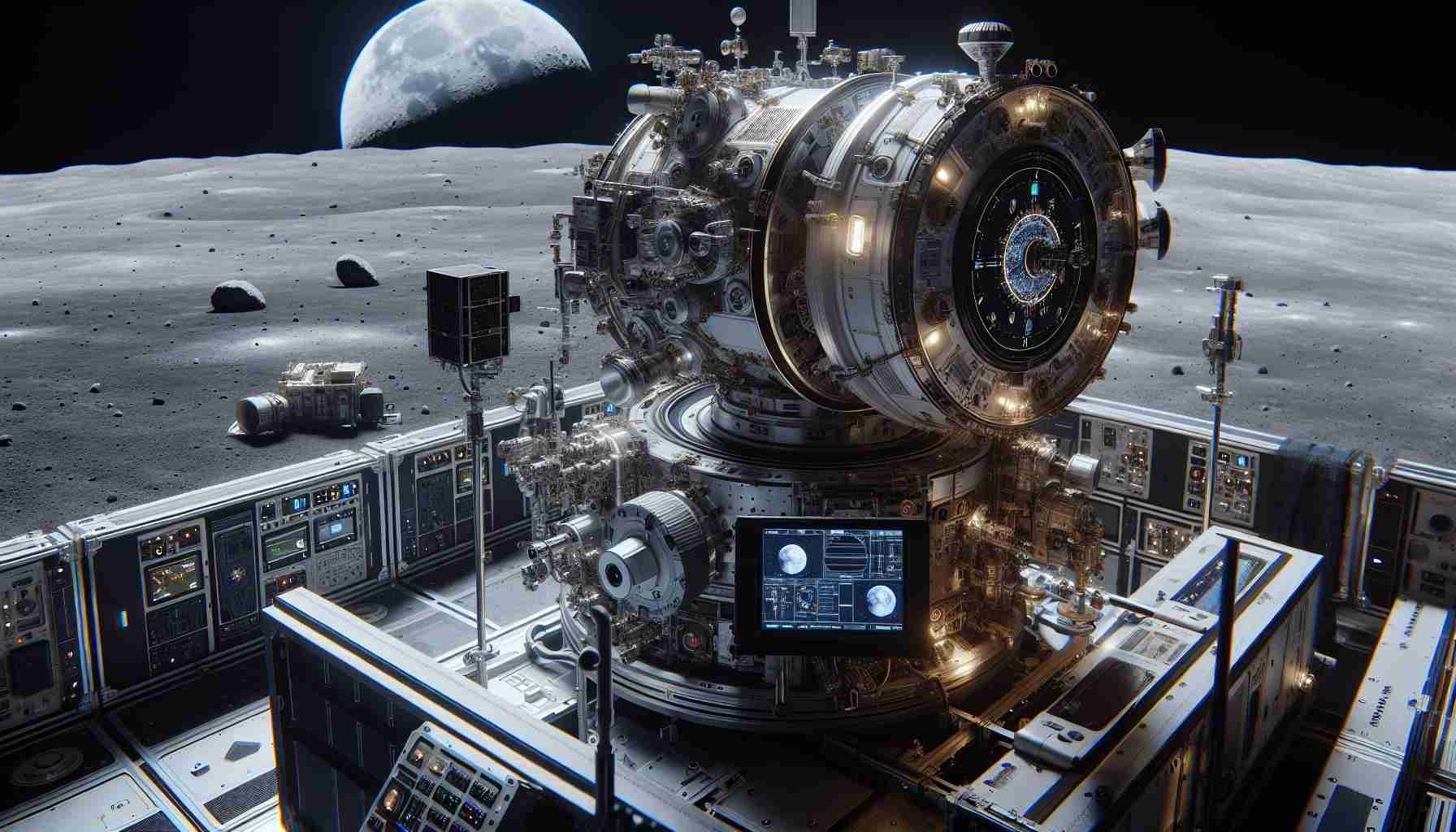NASA has officially announced a postponement of its Moon return mission, pushing the timeline from 2026 to the middle of 2027. This decision was attributed to ongoing challenges with the Orion crew capsule, particularly issues related to its heat shield, which is crucial for safe reentry.
The Artemis program, which aims to establish a sustainable presence on the Moon as a stepping stone for future Mars missions, has encountered setbacks since its inception in 2017. Following the uncrewed Artemis 1 mission in 2022, engineers discovered unexpected erosion of the heat shield during testing, along with complications in essential systems like electrical and life support.
NASA’s Administrator provided insights, explaining that they have identified the root cause of these issues and are developing solutions. This delay impacts both Artemis 2, a crewed lunar flyby, now set for April 2026, and the highly anticipated Artemis 3 mission, which aims to land the first woman and person of color at the Moon’s south pole.
In addition to technical challenges, NASA is also awaiting enhancements to SpaceX’s Starship, which will serve as the lunar lander. Officials emphasized the importance of ensuring astronaut safety, stating they will not proceed until fully prepared.
With significant political shifts on the horizon, experts speculate about potential changes in NASA’s strategy, yet officials remain committed to their current mission goals.
NASA Delays Moon Mission Again: What This Means for Artemis and Future Space Exploration
Postponement of the Artemis Program
NASA’s Artemis program, designed to return humans to the Moon and pave the way for future exploration of Mars, has once again faced a significant delay. The agency has shifted the target date for its Moon return mission from 2026 to the middle of 2027. This decision, announced recently, has been attributed primarily to ongoing technical challenges, particularly with the Orion crew capsule’s heat shield, crucial for ensuring safe reentry into Earth’s atmosphere.
Key Features and Objectives of the Artemis Program
– Goals: The Artemis program aims to establish a sustained human presence on the Moon. The initiative is not only focused on lunar exploration but also aims to serve as a testing ground for technologies that will be critical for future missions to Mars.
– Missions: The program includes multiple missions designated Artemis 1, Artemis 2, and Artemis 3, with Artemis 3 aiming to land the first woman and person of color on the Moon.
Challenges Faced by the Artemis Program
Following the uncrewed Artemis 1 mission in 2022, engineers discovered significant erosion of the heat shield, alongside complications in other essential systems such as electrical and life support. NASA’s team has been working diligently to diagnose these issues and is optimistic about implementing solutions.
Updated Mission Timeline
The delay affects the entire Artemis mission timeline:
– Artemis 2: Originally set to take place before Artemis 3, the crewed lunar flyby is now scheduled for April 2026.
– Artemis 3: The timeline for this highly anticipated landing has moved to mid-2027.
The Role of SpaceX and Starship
In addition to the challenges surrounding the Orion capsule, NASA is also awaiting enhancements to SpaceX’s Starship, which is slated to serve as the lunar lander. NASA officials have stressed that they will not proceed with missions until they are completely confident in astronaut safety and operational readiness.
Potential Political Impacts and Future Strategies
With significant political changes anticipated in the U.S., experts are speculating about how this might affect NASA’s long-term strategies and funding for the Artemis program. However, agency officials continue to assert their commitment to achieving the established mission objectives.
Insights on Future Space Exploration
– Sustainability: The Artemis program aims not just for Moon landings but also for establishing sustainable exploration practices that may later be applied to Mars missions.
– Innovation: As delays persist, NASA is leveraging these additional time frames to enhance technological innovations and safety measures.
– Public Engagement: NASA emphasizes the importance of keeping the public informed and engaged as updates about the missions evolve.
In conclusion, while the postponement of NASA’s Moon return mission presents challenges, it also allows for a more thorough approach to ensuring the safety and success of current and future space exploration endeavors. For more updates on NASA’s mission and objectives, visit the official NASA website.
